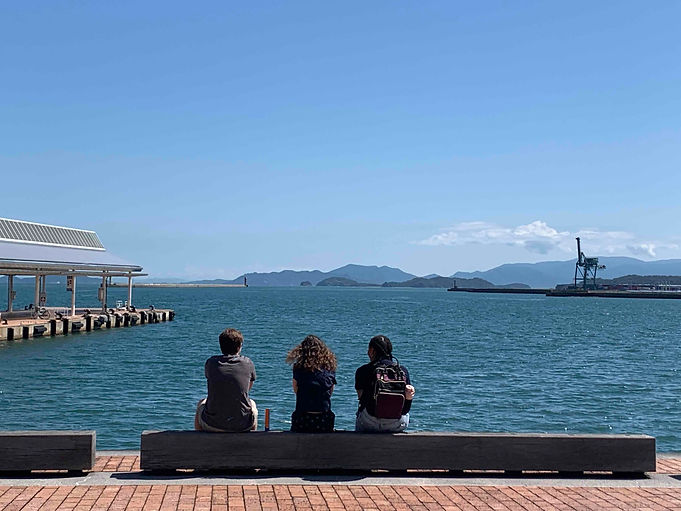
History
Sister Cities' History
Sister Cities International was created under President Dwight D. Eisenhower’s administration in 1956. He envisioned a network that would be a champion for peace and prosperity by fostering bonds between people from different communities around the world. By forming these relationships, Eisenhower reasoned, people from different cultures could understand, appreciate and celebrate their differences while building partnerships that would lessen the chance of new conflicts.
Since its inception, the Sister Cities International network has played a key role in renewing and strengthening global relationships. Its mission is just as important today as when it was founded. With the advent of the internet and other new technologies, the world has grown smaller and the relationships and interactions between the U.S. and other nations are more complex than ever. Despite the increase in online communication, the face-to-face meetings and personal relationships developed through Sister Cities are still vital and irreplaceable.
St. Petersburg's Sister City Program
St.Petersburg and Takamatsu became Sister Cities in 1961, only a few years after the program was conceived. Over the years the two sister cities have exchanged student ambassadors, city workers, softball teams and more.
In 2016 St. Petersburg gained its second Sister City, when Mayor Rick Kriseman signed an agreement with Isla Mujeres, Mexico. The relationship with Isla Mujeres began the year before, as a Friendship City, after serving as host cities for the annual spring Regata del Sol al Sol yacht race for more than 50 years. St. Petersburg also has Friendship City relationships with Figueres, Spain, and St. Petersburg, Russia.
As part of its Sister City relationship, St. Petersburg selects a few rising high school juniors to serve as student ambassadors during a summer cultural exchange with Takamatsu. Students participate in daily activities, visit landmarks and share cultural experiences with Japanese host families. In return, visiting high school students from Takamatsu are placed with host families in St. Petersburg for similar cultural learning experiences.
The city of St. Petersburg has appointed SPIFFS (St. Petersburg International Folk Fair Society) to support and manage the Sister Cities and Student Ambassador programs.
You can find out more about St. Petersburg's Sister City Program and access Takamatsu Student Exchange applications when open here.

WHAT SISTER CITY ORGANIZATIONS DO
Sister City organizations plan and implement cooperative activities and exchanges in cultural, educational, municipal, technical, business and humanitarian fields. Thousands of real-life exchanges take place every year, as well as virtual exchanges and other remote, cooperative activities.
WHAT SISTER CITY ORGANIZATIONS DO
Sister City organizations plan and implement cooperative activities and exchanges in cultural, educational, municipal, technical, business and humanitarian fields. Thousands of real-life exchanges take place every year, as well as virtual exchanges and other remote, cooperative activities.
A SISTER CITY RELATIONSHIP
A Sister City is a long-term, cooperative relationship between two cities in different countries through which cultural, educational, business and technical exchanges take place. It is formalized when two mayors (or highest elected/appointed officials) sign a memorandum of understanding establishing a Sister City relationship.
